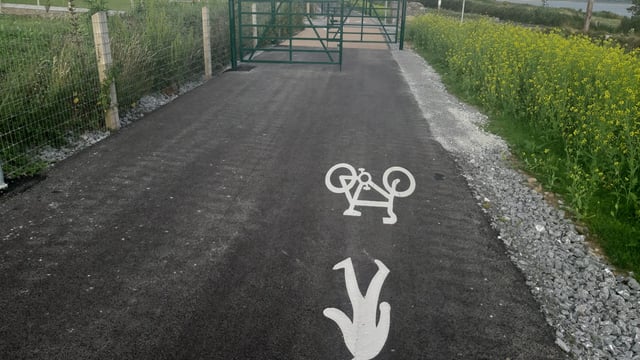EU agri-food trade surplus reaches €5.4bn
The EU agri-food trade surplus reached €5.4 billion in September 2025.
This is 45% higher than in August, reflecting a strong month-on-month recovery, according to new EU figures.
However, the surplus remains 6% lower than in September 2024.
Between January and September, the cumulative surplus stood at €35.7 billion, €13.5 billion less than the same period in 2024, mainly due to higher import prices.
EU agri-food exports reached €20.1 billion in September, up 13% from August and 4% above September 2024.
Since January, cumulative exports totalled €177.4 billion, an increase of €2.6 billion (1%) compared with 2024.
UK remains largest market
The UK remained the largest market for EU exports between January and September, accounting for 23% of the total (€41.5 billion).
Exports to the UK increased by €1.8 billion (5%), supported by higher value of cocoa products, chocolate and dairy.
The US remained the second largest destination (worth 12%, €21.8 billion), but exports fell by €495 million (2%), while Switzerland ranked third, with exports of €9.9 billion.
Exports to Ukraine also rose by €540 million (21%).
By contrast, exports to China declined the most, falling by €859 million (8%), due to significantly reduced cereal exports, especially wheat.
Dairy exports increased by €829 million (6%), mainly due to higher prices for cheese and butter.
Cereal exports fell by €1.3 billion (14%) during the period, reflecting lower volumes of wheat (19%) and maize (25%), although volumes have recovered to above 2024 levels since August.
Imports
Imports of fruit and nuts increased by €3.5 billion (19%), mainly due to higher prices.
Other notable increases included beef and veal (€486 million, 26%), and margarine and other oils and fats (€439 million, 14%).
Imports of oilseeds and protein crops fell by €585 million (4%) in value due to lower prices, despite a 6% increase in volumes.
Imports of cereals dropped by €508 million (7%), driven by lower wheat and maize volumes.





